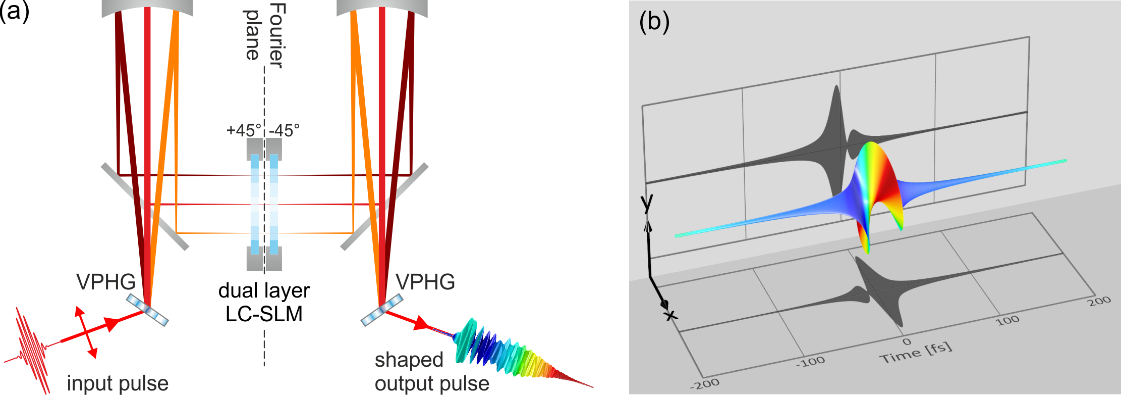Coherent control of ultrafast dynamics: from atoms to solids
Abstract:
Femtosecond spectroscopy has been developed as a tool to observe ultrafast molecular dynamics in the time domain. One of the highlights in femtosecond spectroscopy was the 1999 chemistry Nobel prize awarded to Ahmed Zewail for 'his studies of the transition states of chemical reactions using femtosecond spectroscopy' [1]. The active manipulation of quantum systems employing ultrafast pulse shaping techniques to generate femtosecond pulses with controllable temporal envelope and frequency [2] has emerged as a new research field termed coherent control [3]. Specifically, in coherent control, shaped femtosecond laser pulses are used to steer the ultrafast light-induced dynamics of a quantum system from a given initial state to a predefined target state, preferably with high selectivity and high efficiency.

In this course, we will discuss the physical principles of coherent control of ultrafast dynamics by shaped femtosecond laser pulses. We start the lecture with an introduction to ultrafast laser techniques and the fundamentals of pulse-shaping [4]. Initially, we consider the interaction of shaped laser pulses with matter in the perturbative regime in order to portray some weak-field quantum control scenarios based on multi-path quantum interference of matter waves. The focus of this seminar is on non-perturbative interactions of atoms and molecules in intense laser fields that enable new physical mechanisms to control the ensuing dynamics. We introduce a powerful quantum physical picture to understand laser control in strong fields based on field-dressed states and analyze different dressed-state coherent control schemes.
A central theme in coherent control is the creation of wave packets due to the broad spectral width of ultrashort laser pulses. Wave packets are the key to understanding the light-induced dynamics, i.e. the coherent time evolution of quantum systems during and after the interaction with a shaped pulse. We shall explore wave packet phenomena associated with the motion of the nuclei and the electrons. Nuclear wave packets describe vibrational and rotational dynamics and the motion of the nuclei during chemical reactions whereas electron wave packets characterize ultrafast charge oscillations [5].

Along with the concepts of coherent control, we introduce modern experimental techniques employed in coherent control. Examples of which comprise polarization pulse shaping and state-of-the-art tomographic reconstruction of three-dimensional photoelectron wave packets by velocity map imaging [6]. In addition, applications of coherent control ranging from atomic and molecular physics, non-linear optics to femtosecond nano-material processing will be discussed.
- [1] A. H. Zewail, J. Phys. Chem. 104, 5660 (2000).
- [2] A. M. Weiner, Rev. Sci. Instr. 71, 1929 (2000).
- [3] M. Shapiro and P. Brumer, Quantum Control of Molecular Processes (Wiley-VCH, Berlin, 2011), Vol. 2
- [4] M. Wollenhaupt, A. Assion, and T. Baumert, in Springer Handbook of Lasers and Optics, edited by F. Träger (Springer, Dordrecht Heidelberg London New York, 2012), pp. 1047.
- [5] T. Bayer, H. Braun, C. Sarpe, R. Siemering, P. von den Hoff, R. de Vivie-Riedle, T. Baumert, and M. Wollenhaupt, Phys. Rev. Lett. 110 123003 (2013).
- [6] M. Wollenhaupt, C. Lux, M. Krug, and T. Baumert, Chem. Phys. Chem. 14 1341 (2013).

